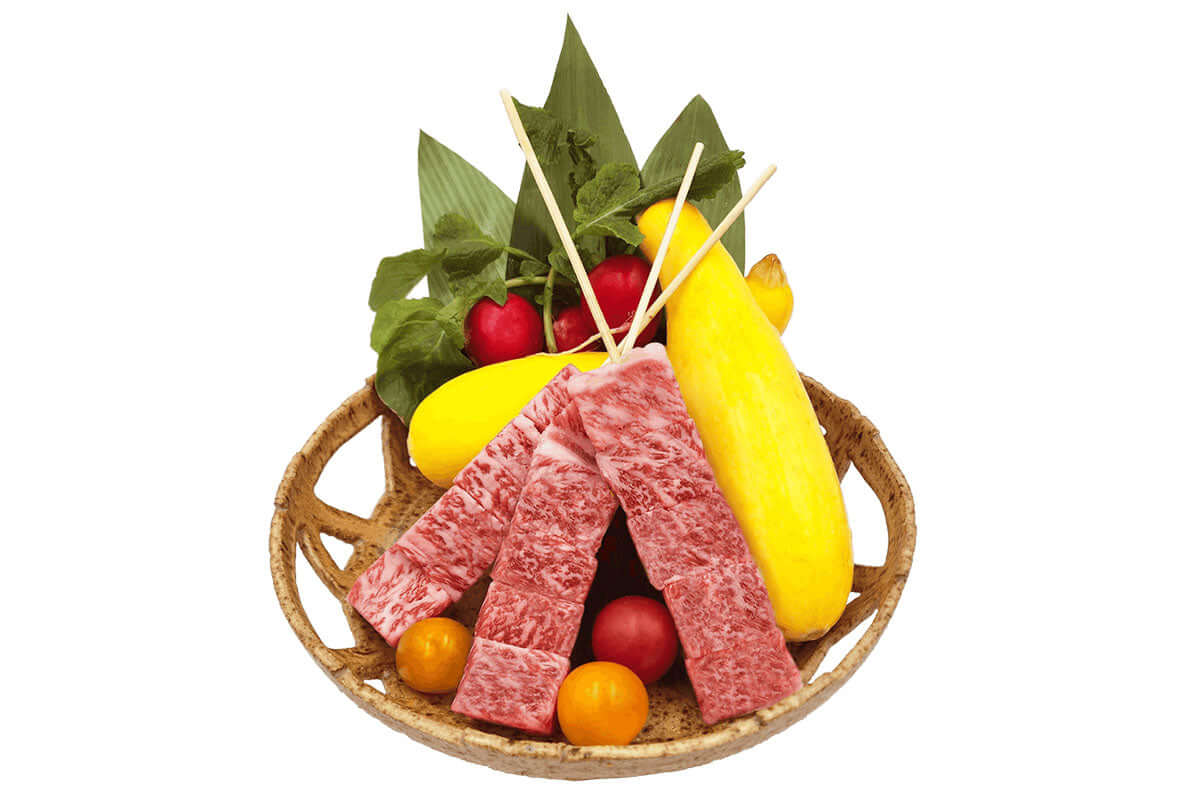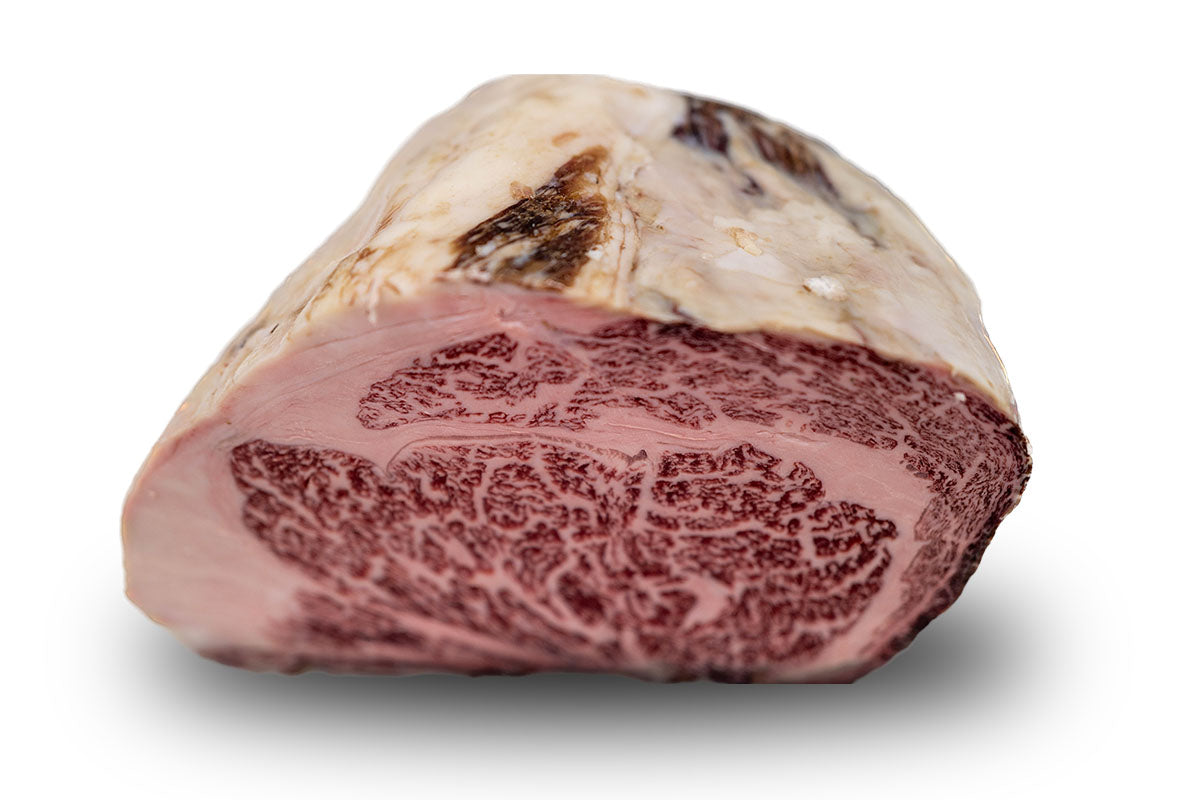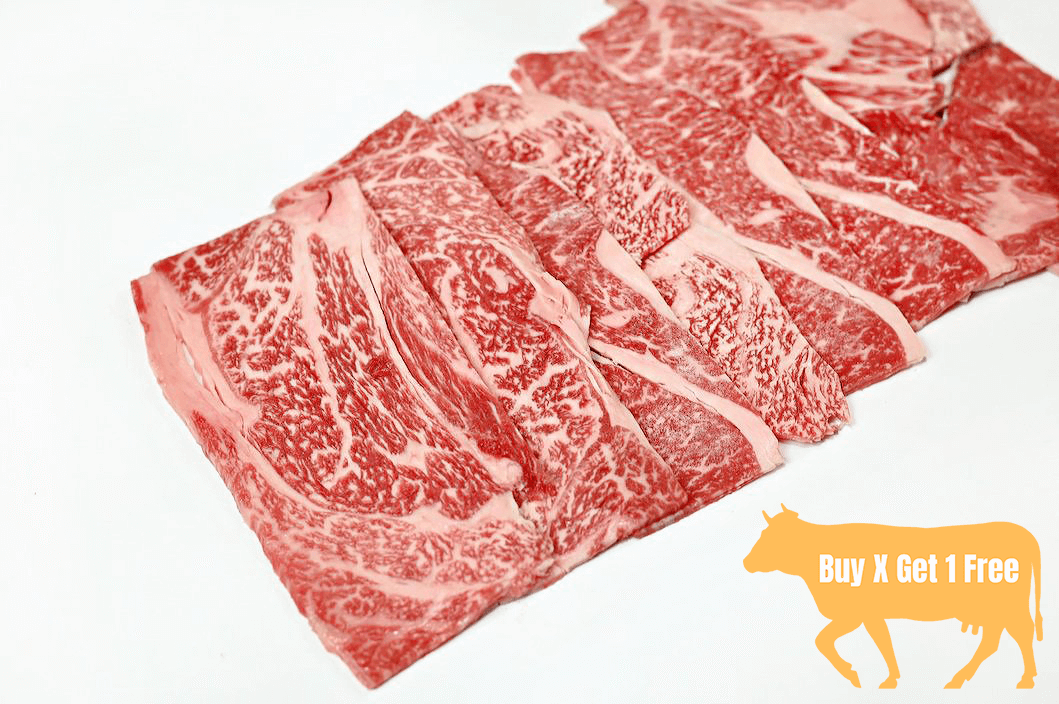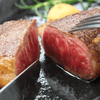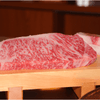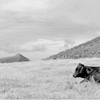All About Wagyu Beef Marbling: What It Is & Why It Matters
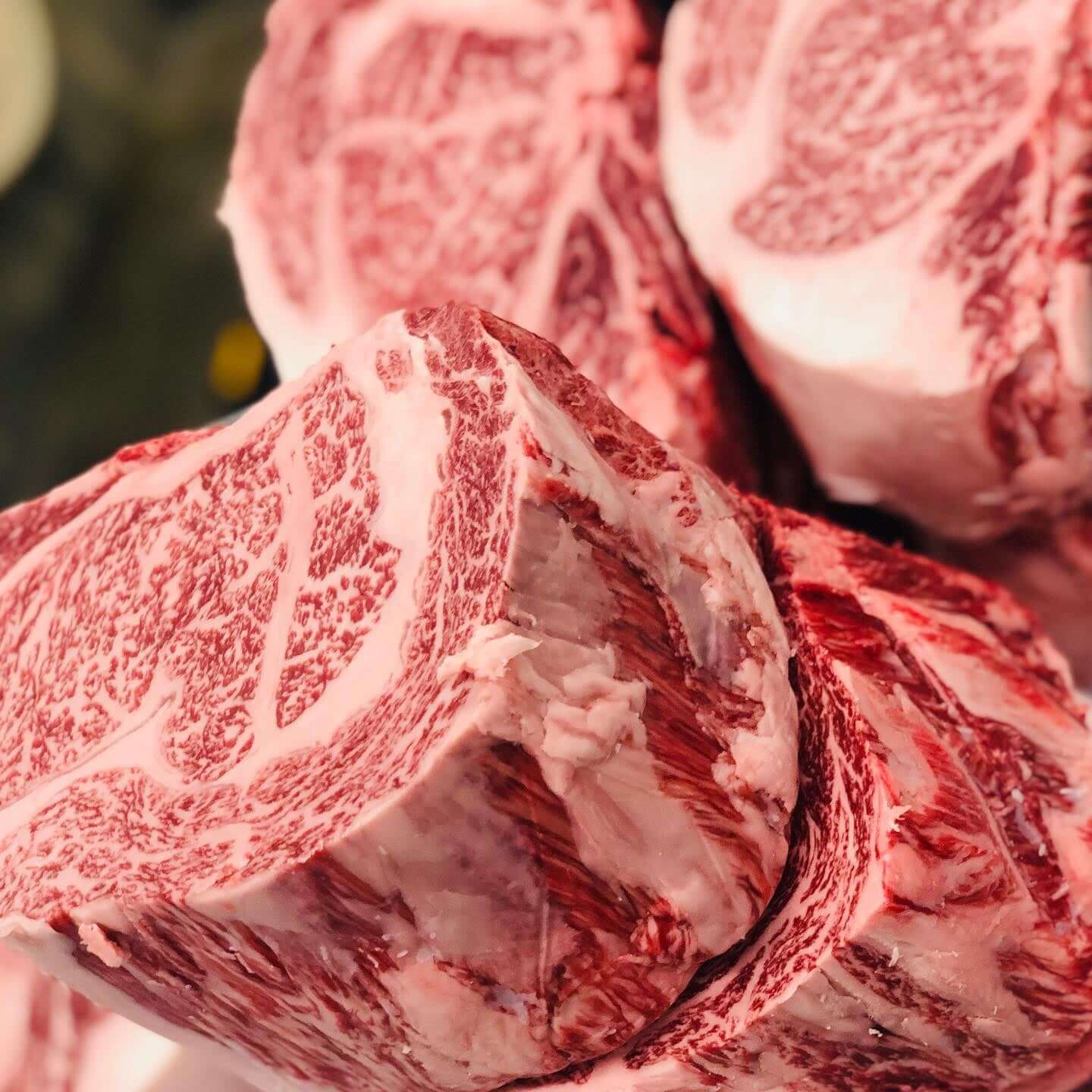
Japanese Wagyu Beef is recognized around the world for its exceptional, juicy marbling and rich, full flavor. However, what many don’t know is that marbling is such an important measure of quality that it’s actually graded, which allows Wagyu connoisseurs to choose the perfect beef for their next decadent dish.
In this article, we’ll tell you all about what Wagyu Beef marbling is, why it makes a difference in the quality of your meat, and how it’s graded to ensure that quality.
What is Wagyu Beef Marbling?
Marbling is white intramuscular fat (IMF) found in red meat, which appears as fine flecks within the muscle. This is different from intermuscular fat, which is the fat found between the muscles that is typically trimmed off before cooking. Unlike intermuscular fat, marbling greatly impacts the flavor, texture, tenderness, and juiciness of Wagyu Beef.
Highly marbled meat has an incredibly full flavor and creamy texture, which is why it’s considered the ultimate option for many Japanese Wagyu lovers. The intramuscular fat melts into the steak, adding a rich, buttery flavor. It also helps keep meat moist and tender, preventing the natural juices from evaporating while cooking. The end result—at least when prepared and cooked properly—is an unforgettable eating experience.
The most marbled cuts of Japanese Wagyu Beef come from the loin, where muscles are not as frequently used. There are also lean and marbled cuts, which come from areas like the legs, shoulder, and rump where the muscles are often exercised. Several factors determine the amount of marbling in beef, such as the cut of the meat and cattle’s breed, age, diet, and amount of muscle use.
Some cattle breeds are more likely to have high marbling than others. Because Japanese Wagyu is a top-quality breed of cattle, the meat can be extremely marbled, which no doubt contributes to the luxurious taste and texture of the meat. Along with helping to provide tenderness and flavor, the intramuscular fat (or marbling) in Japanese Wagyu Beef is full of nutrients, such as healthy fatty acids like omega-3 and omega-6.
How is Wagyu Beef Marbling Graded?
Japanese Wagyu Beef is expertly graded by independent assessors using the Japanese Meat Grading Association (JMGA) Beef Marbling Scale (BMS). The higher the BMS score, the higher the quality of the beef. The grades range from 3 to 12, with 3 considered lightly marbled and 12 considered highly marbled. While the Beef Marbling Scale originally included 1 and 2, the JMGA eliminated the lowest scores. Now, a BMS 3 grade requires 21% intramuscular fat at a minimum.

(Of course, even at the lower end of the BMS scale, Japanese Wagyu is still far superior in quality and flavor to grocery store beef!)
Wondering how different Wagyu cuts are graded? The BMS score is based on the ribeye muscle of each cow, where the expert assessors measure the amount, distribution, and texture of the marbling, or visible fat flecks in the beef. The Japanese Beef Marbling Scale is different from the U.S. and Australian grading systems, as well as from the Japanese Wagyu Beef Grading System With that said, BMS scores are considered in the Beef Grading System when grading the overall quality of Wagyu Beef.
Choosing the Right Wagyu Beef for You
While many people prefer the highest possible marbling grade, there are still many factors to consider when choosing your cut of Japanese Wagyu Beef. It all depends on your personal preferences: Perhaps you like lean cuts of meat that are still fairly marbled. Or, maybe the more marbling, the happier your taste buds! Compare different steak cuts and try out different options until you find what you like. When you choose world-renowned beef like Japanese Wagyu, you can’t go wrong!

